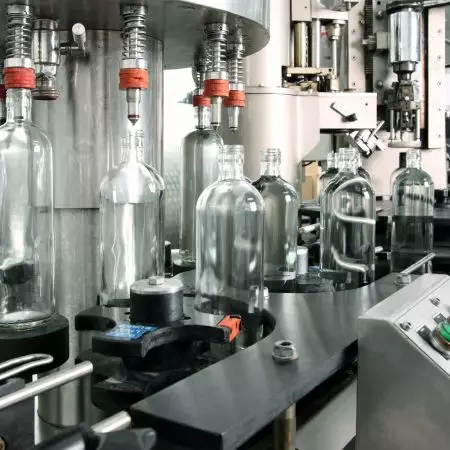Quality control software is becoming an increasingly important tool in many fields of production, not only to increase the level of automation of the various verification methods, but also to refine and enhance predictive quality techniques. These techniques collect data using the IoT (Internet of Things) paradigm and intelligent sensors installed on production line machines. They then process the data acquired through the development and implementation of sophisticated mathematical models, customised to take into account all the variables involved in the individual production process at any given moment. These models, combined with machine learning (ML) and deep learning (DL) algorithms and data science techniques, allow us to identify anomalies in the process and run simulations to predict the quality of the products that will come from the process.
Quality control software: competitively strategic
Particularly for manufactured products with a high technological content, the use of quality control software becomes strategic to evaluate and define, case by case, the right balance between the achievement of customer satisfaction, risk control and production costs. Growing competitive pressure leads companies to innovate products and increase their complexity, enriching them with new features and functions and increasing the variety of models to satisfy an ever more varied and demanding range of users.
Benefits of quality control software
The benefits from the use of quality control software are obtained on two parallel levels: “On the one hand,” explains Moxoff, “there is quality control in the true sense, implemented in manufacturing by integrating the vision computer in the production lines. The video-acquisition mechanisms monitor the products and detect the presence or absence of certain features described in the original CAD project through simulation algorithms. On the other hand, a second fundamental benefit of using quality control software is the possibility of developing and applying predictive quality techniques.”
How predictive quality works
“Predictive quality,” continues Moxoff, “always starts from the analysis of production data acquired by sensors on the machinery. Starting from these, automatic learning algorithms are developed that relate the sensor readings to phenomena of interest in the process. For example, this information can be used to identify a reduction in line performance in order to intervene before the quality deteriorates excessively. Alternatively, for cost optimisation purposes, it is possible to predict the quality of the final products and then act on the line accordingly, anticipating or postponing maintenance, speeding up production or changing operating parameters. Predictive quality provides greater control over the quality of the final product and its close relationship with the production process, enabling more efficient and effective operations.”
Predictive quality and value of mathematical models
The ability to predict the quality of a product depends in turn on the quality of the underlying mathematical models, which can also make use of Machine Learning and Deep Learning algorithms. “The key factor is the structure of the models,” explains Moxoff, which is based on the analysis of numerical key performance indicators (KPIs) that define the quality of the finished product. “The KPIs for historical data are correlated with the process data collected from the sensors on the production lines, which allows us to make estimates and predict the level of quality.”
Contact us for more information




